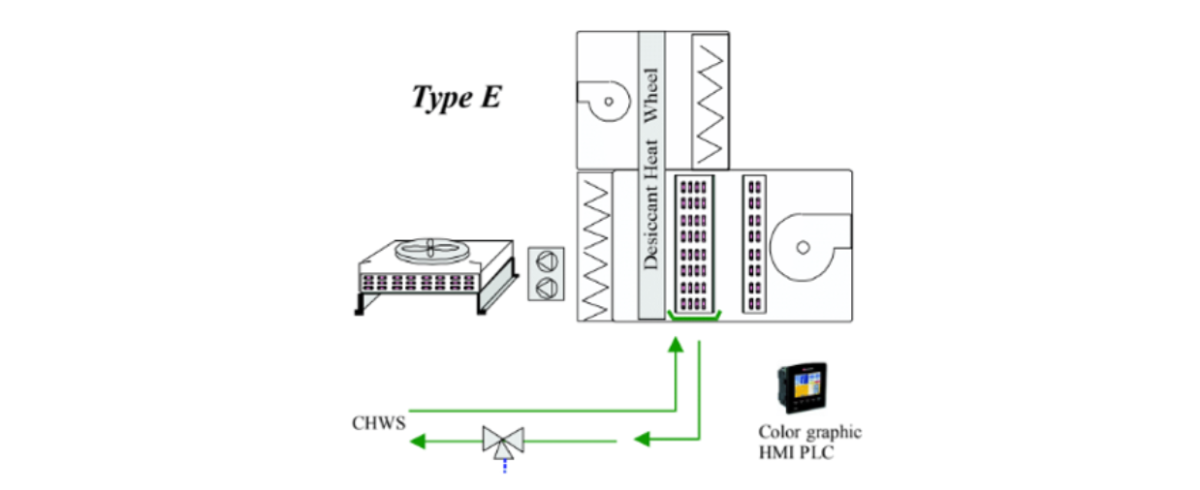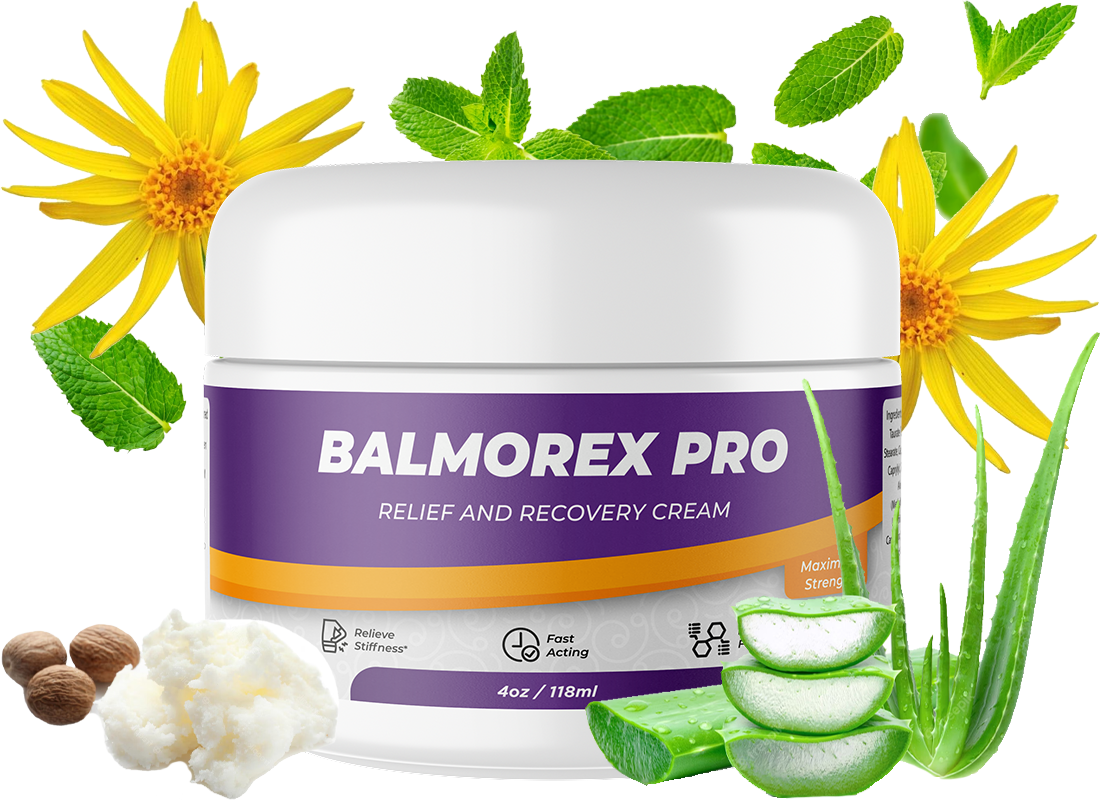Heat Recovery Units: Enhancing Energy Efficiency

Learn about Heat Recovery Units, their benefits, types, working mechanisms, and applications. Discover how HRUs can optimize energy usage and reduce costs in residential, commercial, and industrial settings.
Introduction
What are Heat Recovery Units?
Heat Recovery Units (HRUs) are energy-saving devices designed to recover and reuse heat generated from various processes within a building. By capturing and redistributing this heat, HRUs improve energy efficiency and reduce utility costs.
Why are Heat Recovery Units Important?
In today’s era of sustainability and energy conservation, HRUs play a crucial role in minimizing energy waste. They not only lower operational expenses but also contribute to environmental conservation by reducing carbon emissions.
Benefits
Energy Efficiency
HRUs significantly enhance energy efficiency by recycling waste heat that would otherwise be lost. By harnessing this thermal energy, buildings can reduce their reliance on traditional heating and cooling systems, thus lowering overall energy consumption.
Cost Savings
One of the most significant advantages of HRUs is their ability to translate into substantial cost savings over time. By optimizing energy usage, HRUs help reduce utility bills, making them a worthwhile investment for both residential and commercial properties.
Environmental Impact
By promoting energy conservation, HRUs contribute to a greener environment by reducing the carbon footprint of buildings. By utilizing waste heat, HRUs lessen the reliance on fossil fuels, thus mitigating environmental degradation and climate change.
Types of HRUs
Passive Heat Recovery Units
Passive HRUs operate without the need for mechanical components. They rely on natural processes such as conduction, convection, and radiation to transfer heat from outgoing air streams to incoming fresh air, thereby maintaining indoor comfort levels efficiently.
Active Heat Recovery Units
Active HRUs employ mechanical systems such as heat exchangers and fans to facilitate the transfer of heat between outgoing and incoming air streams. These units are highly efficient and adaptable, making them suitable for various building sizes and configurations.
Heat Recovery Ventilation (HRV)
HRVs are specialized HRUs designed specifically for ventilation systems. They ensure a continuous supply of fresh air while simultaneously recovering heat from exhaust air, maintaining optimal indoor air quality and comfort.
Considerations
Size and Capacity
When selecting an HRU, it’s essential to consider factors such as the size of the building, occupancy levels, and ventilation requirements to ensure adequate heat recovery and distribution.
Installation
Proper installation is critical for the optimal performance of HRUs. It’s advisable to enlist the services of qualified professionals to ensure seamless integration with existing HVAC systems and adherence to safety standards.
Maintenance
Regular maintenance is essential to keep HRUs operating efficiently. This includes cleaning filters, inspecting ductwork, and monitoring airflow to prevent any issues that could compromise performance.
Regulations and Standards
HRUs must comply with relevant regulations and standards to ensure safety, efficiency, and environmental responsibility. Familiarize yourself with local building codes and industry guidelines when planning HRU installation.
How HRUs Work
Heat Exchange Process
HRUs utilize heat exchangers to transfer thermal energy between outgoing and incoming air streams. This process prevents energy wastage by capturing heat from exhaust air and transferring it to fresh air entering the building.
Distribution Systems
Once heat is recovered, HRUs distribute it throughout the building using ductwork or air distribution systems. This ensures consistent indoor temperatures and optimal comfort levels for occupants.
Control Mechanisms
Advanced HRUs feature sophisticated control mechanisms that regulate airflow, temperature, and humidity levels based on occupancy patterns and external conditions. This ensures efficient operation and minimal energy wastage.
Applications
Residential
In residential settings, HRUs enhance indoor air quality and comfort while reducing heating and cooling costs. They are particularly beneficial in energy-efficient homes and green building projects.
Commercial
HRUs are widely used in commercial buildings such as offices, schools, and hospitals to improve energy efficiency and comply with building regulations. They help create a healthier and more productive indoor environment for occupants.
Industrial
In industrial facilities, HRUs play a vital role in recovering waste heat from manufacturing processes and exhaust emissions. By reusing this heat, industries can minimize energy costs and reduce their environmental impact.
FAQs
How do HRUs reduce energy consumption?
HRUs recover waste heat from outgoing air streams, reducing the need for additional heating or cooling energy.
Are HRUs suitable for all types of buildings?
Yes, HRUs can be customized to suit various building sizes and configurations, making them suitable for residential, commercial, and industrial applications.
What maintenance is required for HRUs?
Regular filter cleaning, ductwork inspection, and airflow monitoring are essential to ensure optimal HRU performance.
How long do HRUs typically last?
With proper maintenance, HRUs can last up to 15-20 years, depending on usage and environmental conditions.
Do HRUs contribute to indoor air quality?
Yes, HRUs help maintain indoor air quality by supplying fresh, filtered air while removing contaminants and pollutants.
Are HRUs expensive to install?
While initial installation costs may vary, HRUs offer long-term cost savings through reduced energy consumption and utility bills.
Conclusion
In conclusion, Heat Recovery Units offer a sustainable solution for enhancing energy efficiency, reducing costs, and minimizing environmental impact in buildings. By harnessing waste heat and optimizing thermal energy usage, HRUs contribute to a greener and more sustainable future.










